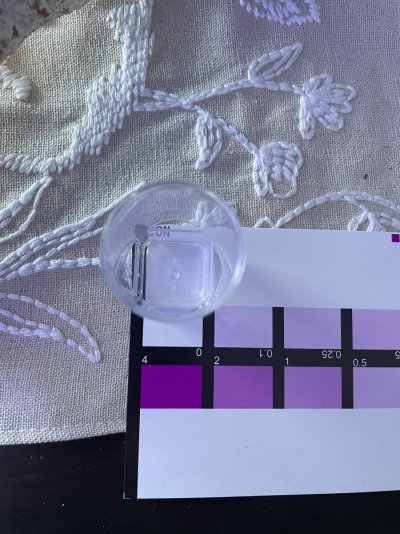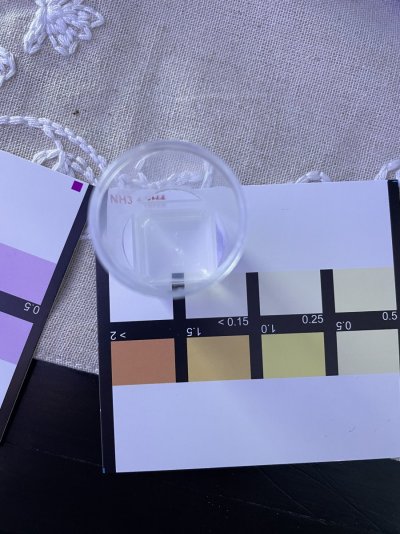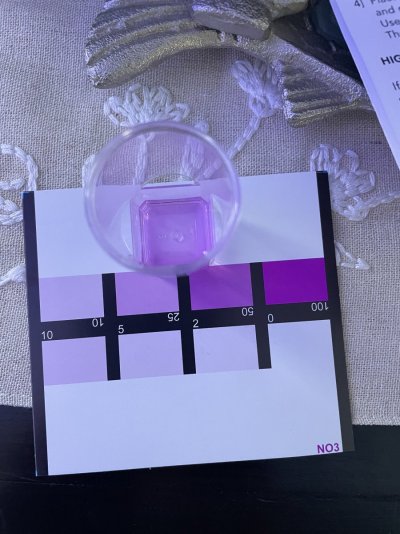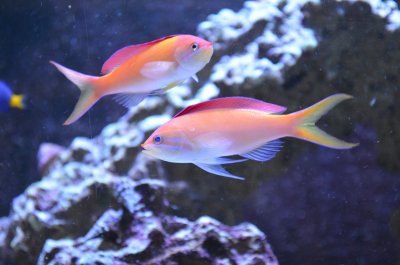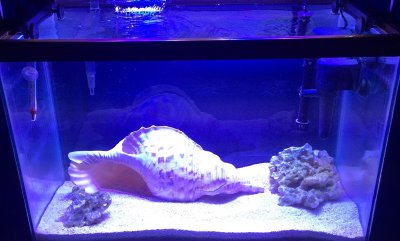vetteguy53081
Well known Member and monster tank lover
View Badges
Excellence Award
Reef Tank 365
RGB
Article Contributor
Tampa Bay Reef Keepers
West Palm Beach Reefer
Hospitality Award
Ocala Reef Club Member
305 Reef Club
Wisco Reefers
Midwest Reefer
Fish Medic
MAC of SW Florida
Rock Pool Reef Keepers
R2R Secret Santa 2023
My Tank Thread
My Aquarium Showcase
With your numbers, Chaeto will offer no advantage , in fact bottom those numbers outShould I consider adding cheto to my sump at this point in my aquarium?
Ammonia is 0-.25 (api test, sea hem on the way)nitrates are 0 and nitrates are 50









